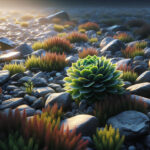Introduction to North American Sedums
Welcome to a verdant world where the humble Sedum, a plant genus as versatile as it is beautiful, thrives across the expanse of North America. These quietly charismatic plants are a testament to the remarkable diversity of the continent’s flora. Sedums, often known as stonecrops, are not only a feast for the eyes but are keystones in their native habitats—oases of life supporting a myriad of creatures.
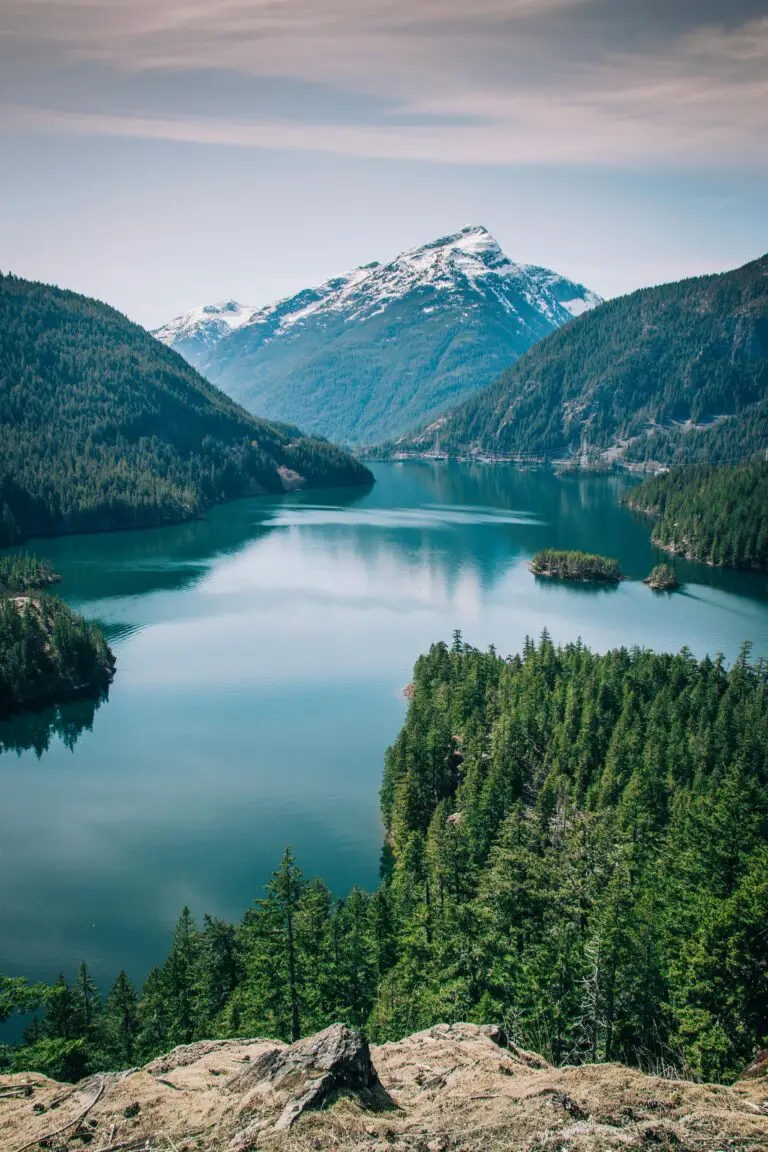
Picture a prairie swaying under the summer sun, with sedums dotting the landscape, or envision them nestled snugly in the rocky crannies of a mountainous outcrop, seamlessly integrated into the environment. Their popularity in ecologically conscious gardening circles is skyrocketing, and it’s not hard to see why—these hardy succulents champion the cause of sustainability while demanding very little from the caretaker.
What sets these plants apart is their extraordinary adaptability. They’re equally at home in the parched soil of a desert as they are in the richer earth of a woodland clearing. The secret to their success lies in their fleshy leaves, capable of storing water to weather droughts. It’s this resilience that has made them a cornerstone of sustainable gardens, reflecting a growing trend towards environmentally friendly and low-maintenance gardening practices.
The Role of Native Sedums in Local Ecosystems
Imagine a low-growing carpet of succulents spreading across the rocky outcrops and dry soils of North America. These hardy plants are Sedums, often overlooked yet they play a critical role in their native ecosystems. These versatile plants act as environmental stalwarts, stabilizing soil and providing vital nourishment to a diversity of wildlife. As a guardian of biodiversity, native Sedums contribute significantly to ecological balance, channeling nature’s resilience into every nook and cranny they inhabit.
The ecological functions of native Sedums go beyond their tough exteriors. One real-life example can be found in the Sedum roofs adorning urban landscapes. These green rooftops mimic the natural habitats that Sedums occupy, creating sanctuaries for insects, birds, and even small mammals within concrete jungles. Their presence fortifies the connection between urban development and natural preservation, celebrating a synergy that benefits both people and the planet.
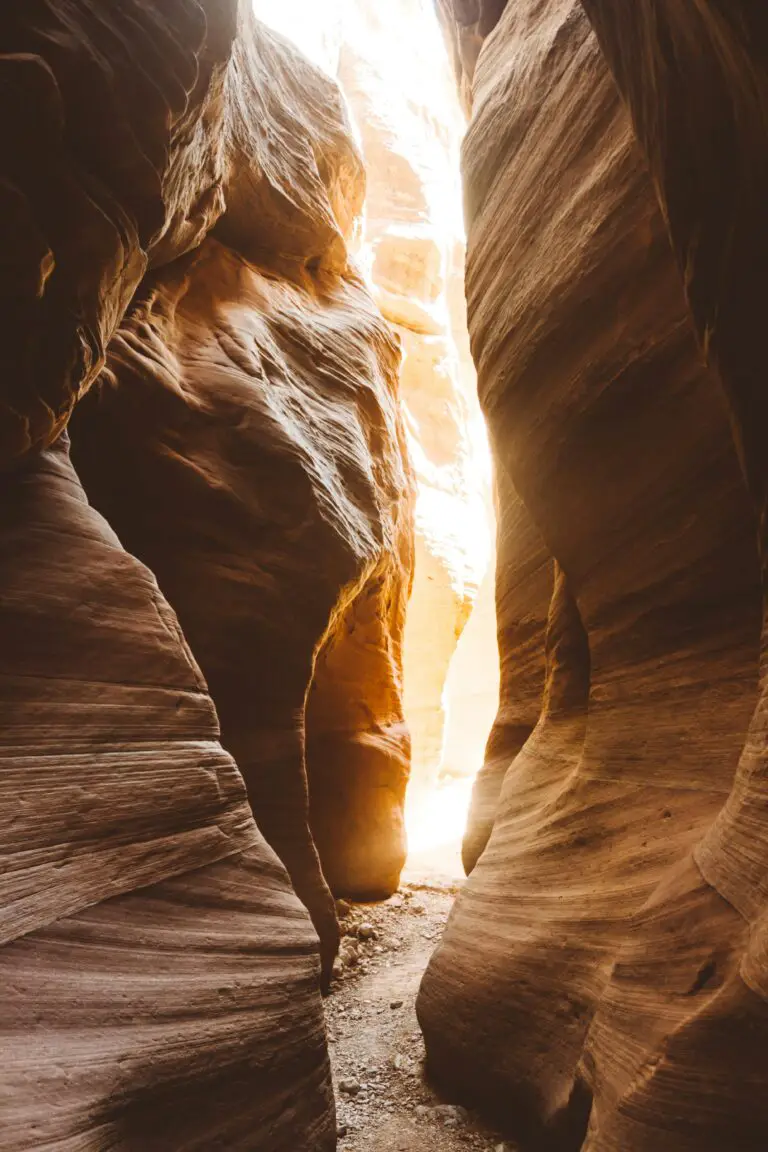
Delving deeper into their ecosystem niche, Sedums combat erosion, their root systems weaving a resilient mesh that anchors the earth beneath them. This is particularly crucial in areas prone to land degradation where these plants provide a green shield against the relentless forces of wind and water. They’re not just survivors; they’re ecosystem engineers, crafting habitats from the ground up.
For anyone seeking to embrace the powers of these botanical superheroes, taking a cue from their low-maintenance lifestyle could be transformative. The hardiness of Sedums translates into water-wise gardening practices, integrating their drought-resistant nature into sustainable landscapes. To discover more about how to embrace Sedums in your garden, explore insights on smart gardening practices that highlight their natural allure while conserving resources.
Nurturing Our Native Biodiversity
In conclusion, while the role of native Sedums in local ecosystems extends beyond the eye-catching tapestry they weave across the terrain, their silent contribution to our environmental well-being is undeniably profound. By choosing to incorporate these native wonders into our gardens, we not only pay homage to their ecological importance but also take a stand in protecting and nurturing the delicate balance of our native biodiversity.
An Overview of North American Sedum Species
Are you ready to dive into the fascinating world of North American sedums? These hardy succulents have carved out their niche in landscapes from the arid deserts to the rocky highlands! Each type flaunts distinct flair and, let me tell you, they’re as diverse as the continent itself. So, let’s meet these botanical wonders that call North America home.
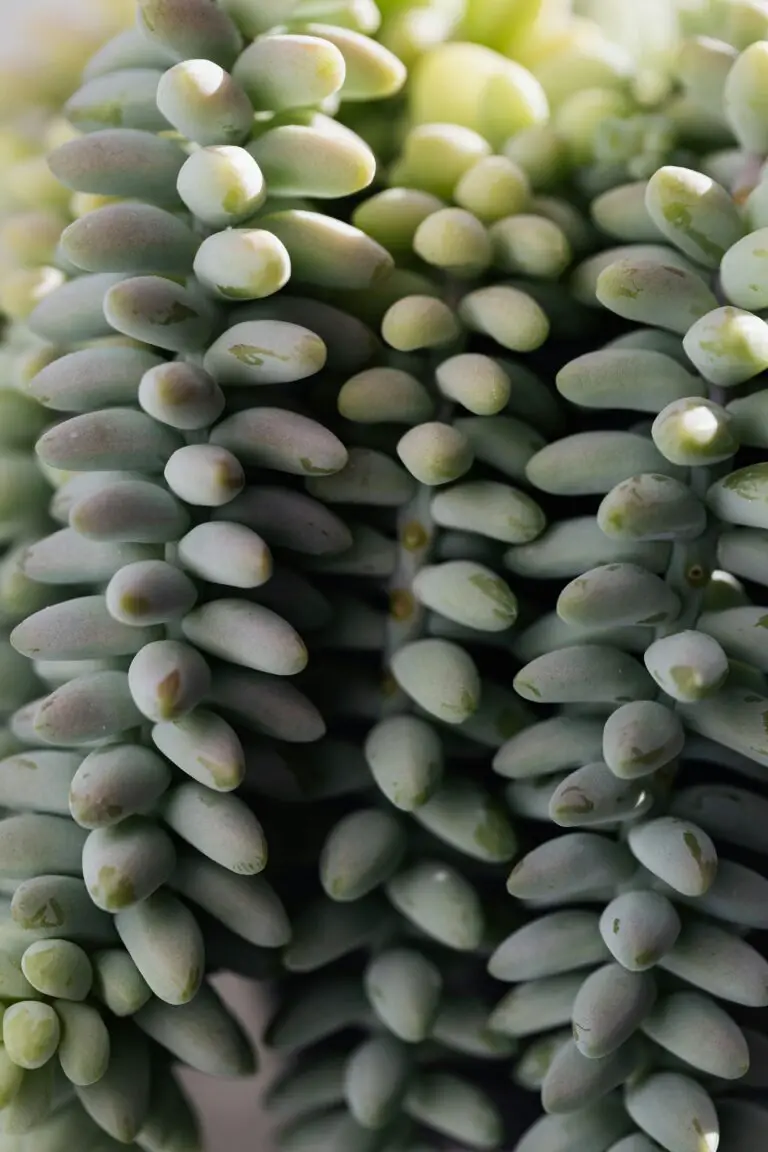
First off, let’s talk about Sedum lanceolatum, or as the green thumb community likes to call it, the “Spearleaf Stonecrop.” This little champion can be found clinging to life on rocky ledges where other plants wouldn’t dare to grow. It’s like the mountaineer of the plant world! Then there’s Sedum spathulifolium, the “Broadleaf Stonecrop,” often spotted along the Pacific Coast, flaunting its yellow star-shaped flowers like little bursts of sunshine.
But wait, there’s more! The “Eastern Stonecrop” (Sedum ternatum) graces the eastern U.S. with its white blossoms that could easily compete with any springtime bloom. Wander towards the Southeast, and you might stumble upon the “Diamorpha smallii,” a sedum so unique it gets its own genus! This sedum stands out with its red-tipped leaves and crystal-clear white flowers glinting in the sunlight.
Prefer a plant with history? The “Orpine” (Sedum telephioides) is steeped in folklore, rising from the Appalachian mountainsides with tall pink clusters that would have poets swooning. And let’s not forget those alluring garden specimens like Sedum reflexum or “Blue Spruce Stonecrop,” with foliage resembling a conifer’s branches, providing a year-round blue hue that gardeners just adore.
To delve further into the captivating world of sedimentary succulents, explore the myriad of varieties and learn how to nurture their rugged beauty with our insightful resource on stonecrop plant care techniques. These sedums are not just about surviving; they’re about thriving, and with the right care, they will reward you with a spectacle worthy of a standing ovation in your garden!
Conservation Efforts for Native Sedums
When we delve into the world of native sedums, iconic symbols of North American flora, we discover an array of versatile plants that are as resilient as they are beautiful. However, even the hardiest species face threats that could disrupt their existence. In this exploration, we turn our focus to the conservation initiatives that aim to safeguard these unique members of the botanical world.
To truly appreciate the importance of these endeavors, one must understand the challenges at hand. Native sedums, often settled into craggy outcrops and alpine highs, are now encountering encroachments from urbanization and invasive species. It’s a fierce battle between maintaining the status quo and adapting to a changing environment. Enter the conservationists, a dedicated phalanx against ecological adversaries, who identify critical habitats and work tirelessly to protect these precious plant populations.
Real-life examples of conservation in action can be seen across the continent. In the sun-drenched climes of the Southwest, programs are implemented to control invasive grasses that compete with native sedums for space and resources. Shift your gaze to the Northeast, and you’ll find community-led projects that reintroduce sedums to areas where they once flourished. These practical actions are coupled with public education efforts to raise awareness about native plant preservation and foster a culture of conservation.
Meeting the sedums in their natural habitat, one might be struck by the patches of vibrant greens and subtle reds that paint the rugged landscapes. These plants, perfectly adapted to their home regions, represent an intricate piece of the ecological puzzle. With informed management practices and involvement from local to international levels, the goal is clear: ensure native sedums continue to thrive for generations to come.
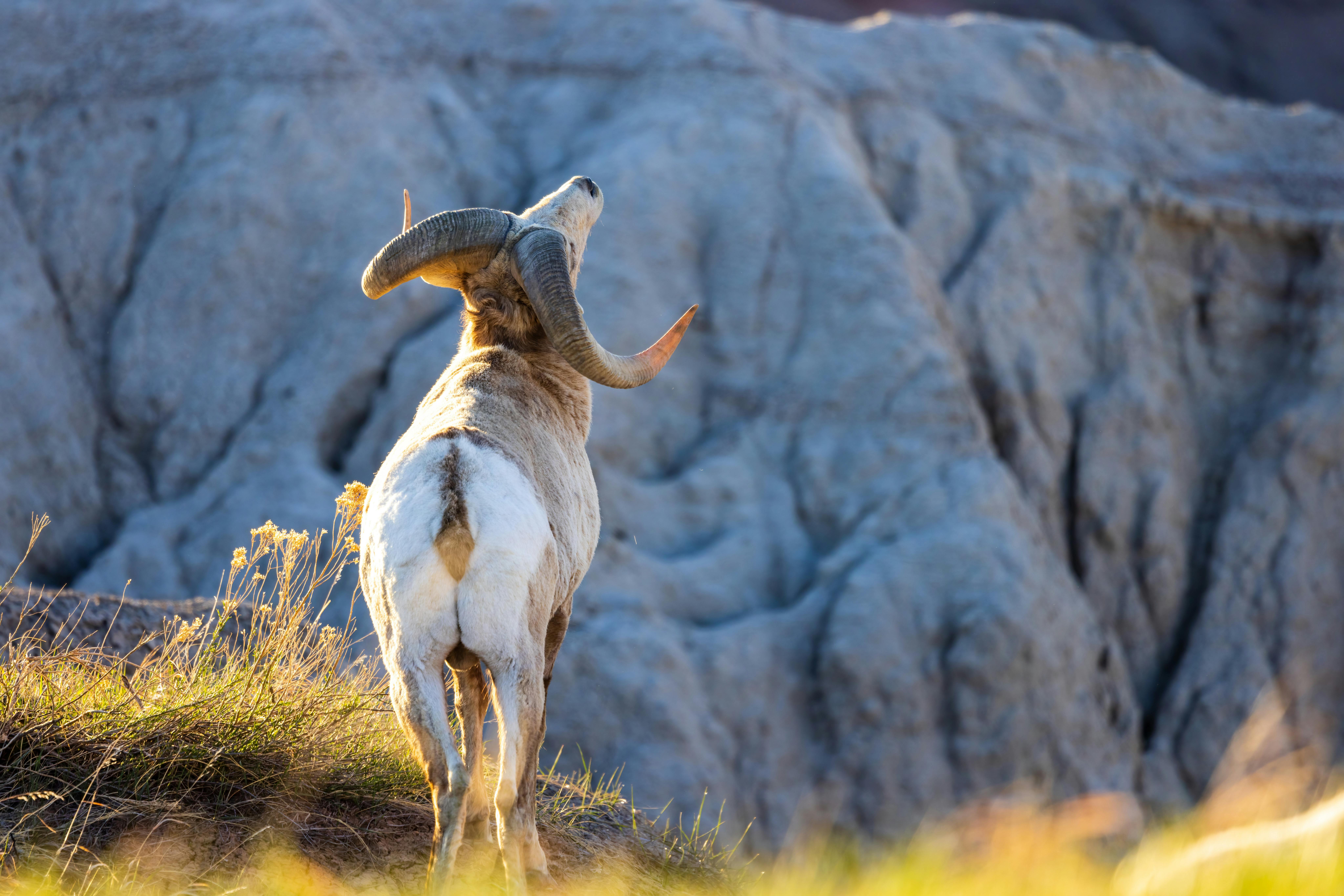
Cultivating Native Sedums in Home Gardens
When it comes to robust, drought-tolerant plants, native sedums of North America are unparalleled champions in the plant world. Let’s take a botanical journey right into your backyard, exploring the ins and outs of cultivating these hardy, succulent species!
Soil: The Foundation of Success
Think of soil as the comfy bed for your sedums—make it just right, and they’ll snooze happily through the seasons. Native sedums aren’t fussy sleepers; they crave well-draining ground that mimics their natural rocky habitats. Imagine a mix that’s one part soil, one part grit, and you’ve got the perfect recipe for sedum slumber. This type of home ensures that water passes through quickly, preventing root rot and making overwatering a thing of the past.
Kissed by the Sun
Ever seen sedums soaking up the sun in their native glory? They’re sun worshippers, thriving in spots where they can bask in full sunlight. That south-facing slope in your garden that nothing else seems to love? It’s prime real estate for a native sedum sanctuary. While these plants will tolerate some shade, they’re most vibrant and floriferous when they get a full day of sunshine. It’s like they have their own built-in solar panels!
Propagating Your Garden Pioneers
Propagation is where the real magic happens. It’s like turning one plant into an endless supply—and with native sedums, it’s almost too easy. Snip a stem, let it callous for a day or two, and then nestle it into that gritty soil mix we talked about. In no time, you’ll have new plants popping up! It’s a sustainable gardening practice that feels like alchemy. Plus, sharing sedum cuttings with friends and neighbors? That’s community-building, garden-style.
For a vivid take on cultivating these resilient plants, check out this engaging video full of insightful tips and tricks:
With these straightforward strategies, your garden will soon become a flourishing showcase of native sedums. It’s not just about beauty; it’s about creating an ecosystem that pays homage to the plants that are naturally designed to thrive right where you live. From the humble stonecrop to the towering sedum spectabile, your garden will be a testament to the resilience and simplicity of nature’s own design. Remember, you’re not just growing plants; you’re stewarding a piece of North American botanical heritage. Happy gardening!
Native Sedums and Sustainable Landscaping
Imagine a garden that thrives with minimal fuss, paints your landscape in vibrant colors, and buzzes with local wildlife. This isn’t just a gardener’s daydream—it’s the real-life advantage of planting native sedums in North American landscapes. Known for their hardy and resilient nature, these native jewels can transform your outdoor space into a low-maintenance haven.
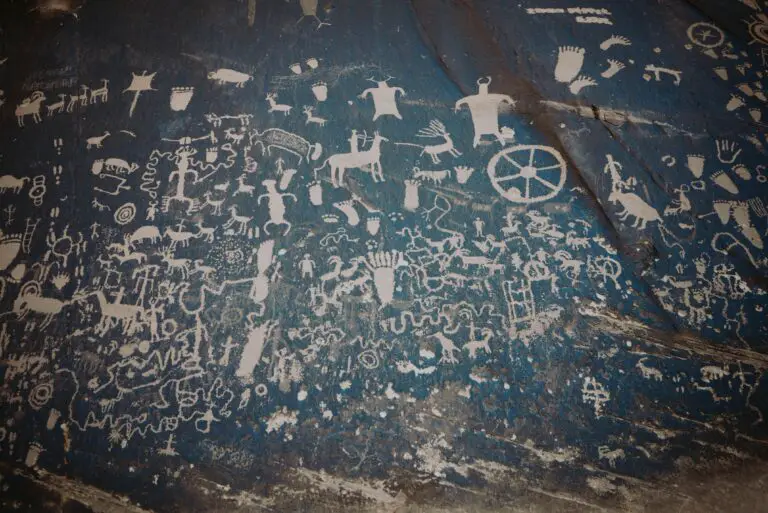
One of the standout benefits of choosing native sedums, or stonecrops, is their sheer adaptability. From rocky outcrops to arid zones, these succulents can establish themselves in a variety of conditions where other plants might struggle. Take, for example, Sedum ‘Autumn Joy’, which you might find cresting the rocky soils of a rustic mountainside or basking in the urban tapestry of a city park. Its ability to flourish in diverse settings makes it a testament to the adaptability of North American sedums.
Moreover, native sedums play a critical role in sustainable landscaping. By integrating these plants into your garden, you support the local ecosystem in numerous ways. Birds, butterflies, and bees are often seen flitting from flower to flower, partaking in the nectar of Sedum telephium or the pollen of Sedum reflexum. These interactions not only promote biodiversity but also aid in the vital process of pollination, sustaining the life cycle of countless plant and animal species in the region.
Homeowners and city planners alike are turning to sedums to offer eco-friendly solutions to landscaping challenges. For instance, green roofs—a burgeoning trend in sustainable architecture—frequently leverage the resilience of sedums. These rooftop gardens, bedecked with native sedums like Sedum acre, mitigate urban heat island effects, cut down on stormwater runoff, and provide much-needed green space in densely populated areas.
In the push towards conservation and sustainability, it is clear that native sedums are not just an aesthetic choice, but a practical one as well. They are the silent heroes of the plant world, tirelessly working to create a more resilient and dynamic environment. Next time you stroll through a garden or park, take a moment to appreciate the hardworking sedums underfoot—unsung champions in the vibrant tapestry of North American flora.
Frequently Asked Questions
When embarking on a botanical journey through the verdant world of native North American sedums, it’s only natural for a bevy of questions to sprout like the succulents themselves. So, let’s dig into the answers that every green-thumbed enthusiast is seeking!
What are the Best Native Sedum Varieties for Different Climates?
Looking for a hardy, drought-tolerant groundcover that can brave the heat? Meet Sedum lanceolatum, thriving in the arid expanses of the West like a true desert denizen. Prefer the crisp chill of the northern air? Sedum ternatum, with its cascade of white blossoms, is your go-to, cozying up in the shady nooks of Eastern woodlands. Whether you’re on the sunny beaches of California or amidst the snowy peaks of the Rockies, there’s a native sedum ready to root itself perfectly into your local climate scene.
How to Identify Native Sedums?
Imagine strolling through the rustic hues of a North American meadow, your eyes catch the glint of a sedum’s fleshy leaves. Is it the sun-loving Sedum reflexum or its shade-prone cousin, Sedum ternatum? Look closer. The key is in the leaf – the sedum’s calling card. Lance-shaped, rounded, or even jewel-like, each variety presents a unique pattern, texture, and color palette. Spot the starry flowers that crown their stems come summer, and you’ll have uncovered the treasure of identification.
What Role do Sedums Play in Pollinator Support?
Picture a sedum: a lush carpet of green studded with starbursts of color, a literal ‘happy hour’ sign for pollinators. These floriferous succulents are more than just eye candy; they’re a bustling hub for bees, butterflies, and even hummingbirds. With a smorgasbord of nectar and pollen on offer, native sedums play a pivotal role in sustaining the ecosystem’s tireless workers, ensuring that our agricultural landscapes continue to blossom and bear fruit.
So there you have it—the answers to your budding questions about native sedums of North America. Just remember, even the most seasoned botanists started with a single leaf of curiosity.




